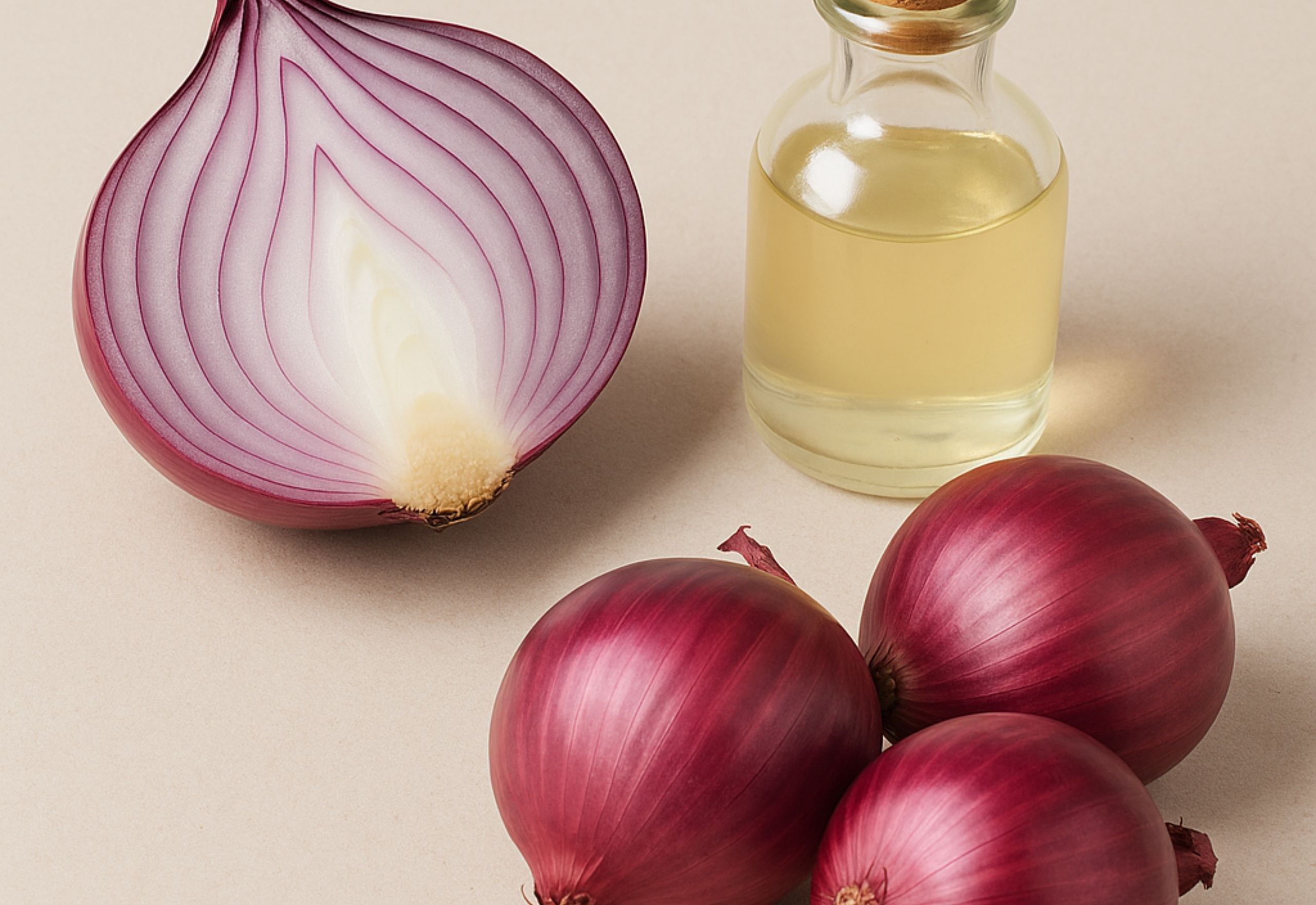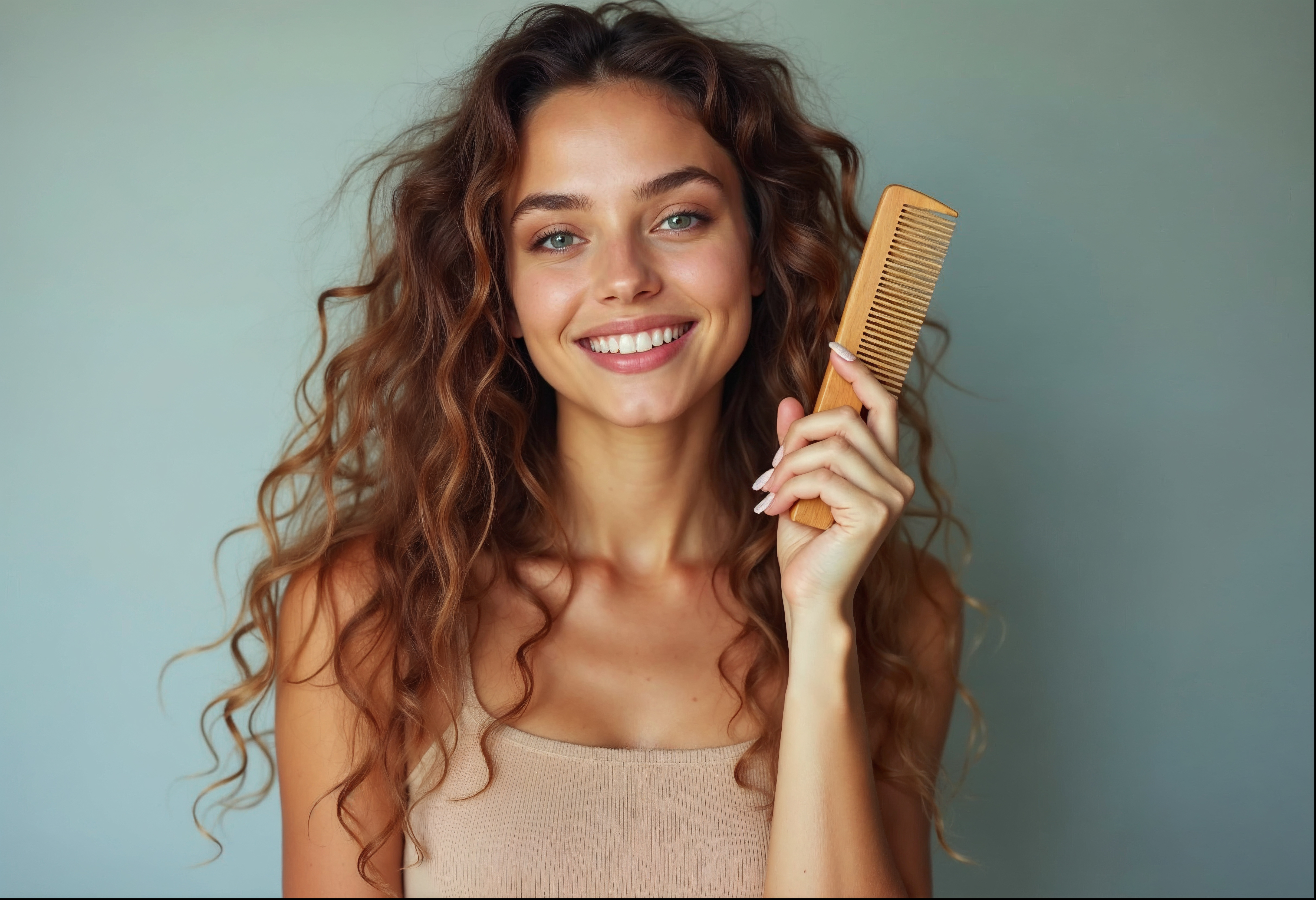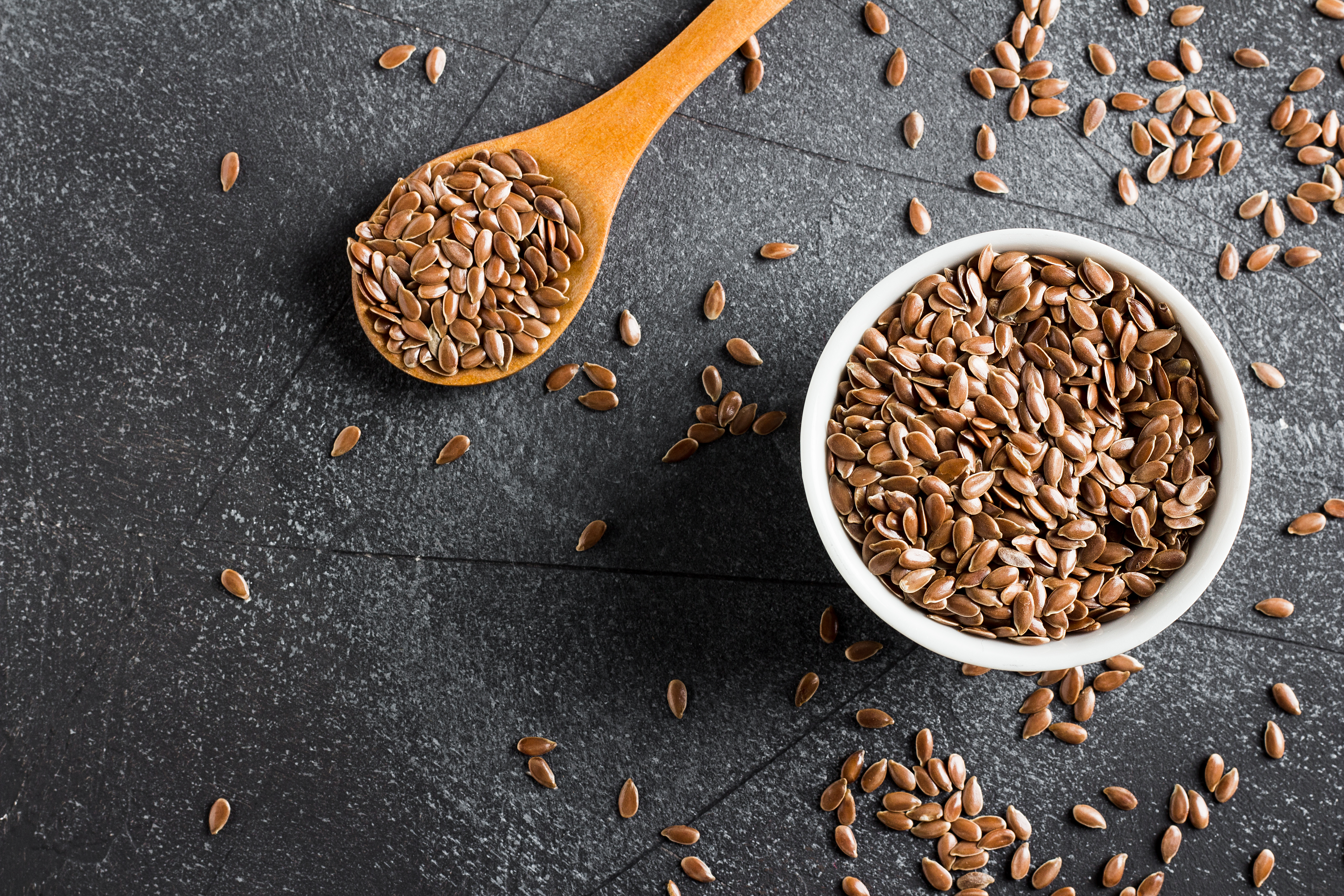It can be frustrating to deal with hair loss, particularly if you have tried many products only to be disappointed by the results. This is why so many people look for natural remedies that are simple, effective, and gentle. One natural remedy that has received some buzz lately is onion juice for hair growth.
But does onion juice regrow hair, or is it just something our favorite influencers are trying right now? Look at what science says about it, the benefits of onion juice for hair, and how to use onion juice for hair loss. After all this, you will be left with a clear step-by-step plan to try this simple at-home process using onion juice, with confidence.
Learn the Science of Onion Juice and Hair Growth
Using onion juice for hair growth isn’t just an old wives’ tale; there is a little science behind it. Onions contain sulfur, a mineral that helps collagen formation. Collagen is important for keeping the structure of the hair follicles intact and is therefore an important aspect of healthy hair growth.
Sulfur may also promote blood circulation in the scalp, thus providing your hair follicles with more nutrients and oxygen. This may create healthier conditions for hair growth. Furthermore, some say onions have natural antibacterial properties that may help to keep the scalp free and clean of infections that could induce hair loss.
Some studies, including a small trial from 2002, found that topical application of onion juice may help regrowth of hair, especially in conditions like alopecia areata. Those who applied it routinely noted changes in 6 weeks! Nevertheless, the existing literature is limited, and results can be different from person to person.
So, in sum, onion juice may not be a magic elixir, but it may be an inexpensive, gentle solution to improve the health of your scalp and lead to thicker and stronger hair.
Also Read: Scalp Detox: Does It Really Help With Hair Growth?
Benefits of Onion Juice for Stronger, Thicker Hair
If you are wondering about the benefits of onion juice for hair growth, you are in luck. This natural remedy has many benefits that can promote a healthier scalp and stronger hair.
For starters, onion juice has antimicrobial properties that prevent scalp issues, allowing your scalp to remain clean by fighting bacteria and fungi that cause issues such as irritation and dandruff. Ensuring your scalp is healthy will set the proper conditions for hair to grow.
Onions are high in sulfur, which is a mineral that we need to make collagen that nourishes hair follicles. Onions may also help to increase blood circulation to the scalp, for oxygen to get to the hair follicles to help with hair growth.
The main benefits of onion juice for hair are :
1: Maintain a clean and healthy scalp by decreasing microbial buildup.
2: Increase blood circulation in the scalp and increase blood flow to the hair follicles.
3: Reduce hair thinning by stimulating the hair roots.
4: Enhance the overall appearance of hair texture and potentially result in thicker, fuller hair.
While onion juice is not a miracle solution, there are many individuals who find it to be an inexpensive and worthwhile remedial solution to benefit the natural growth process of their hair. Incorporating onion juice into your regimen will yield a healthier scalp, revitalized appearance, and promote stronger, fuller hair over time.
Follow this easy process to use onion juice for healthy hair:
If you are wondering how to use onion juice for hair growth, make sure you carefully follow these steps for the best results, safely and effectively. Below are steps you can take to confidently apply onion juice:
Step One: Choose and prepare your fresh onions
You want to choose fresh red or white onions. Peel and chop the onions into smaller pieces; the value is that smaller onion pieces allow for better juice yielding.
Step Two: Extract the juices
You can choose to blend or grate the onions, strain them through a very fine cloth or sieve to yield smooth onion juice.
Step Three: Apply the juice directly onto your scalp
Use a cotton ball or your fingertips to apply juice directly onto the thinning area of your scalp. Choose an area to begin with and try to gently massage the onion juice into the skin for derived benefits and improved absorption of the onion juice into your scalp.
Step Four: Let the juice sit for 15 to 30 minutes
The time is important because while the onion juice has nutritious properties, you will want to give the metabolites time to penetrate and stimulate the hair follicle.
Step Five: Rinse thoroughly with mild shampoo
When you rinse your hair, wash your hair with a mild, gentle shampoo to get residual off, and allow the detoxification of onion odour without stripping your natural oils from your hair.
Step Six: Repeat at least 2 to 3 times a week
It is imperative to carry on with onion juice regularly if your hope is to support your hair growth or hair health. Daily consistency is not strictly necessary; a regular but sustainable regimen should yield positive treatment results, but will take time.
Also Read: How to stop hair fall naturally at home?
Scalp Protection: Important Precautions When Applying Onion Juice
Now that many people want to know if the onion juice method is a safe way to regrow hair. Although the use of onion juice can potentially be good for the health of the scalp, you should take precautions with onion juice to decrease irritation and maximize the benefits and results. Here are important safety tips to remember when you are applying onion juice to your scalp:
1: You should always do a patch test on a small patch of skin to check for allergy or sensitivity to onion juice before applying it generally.
2: Don’t use onion juice over areas of the scalp affected by psoriasis, eczema, or other disorders of the skin, etc, to avoid irritants.
3: If you feel tingling or some discomfort, you can change to using onion juice for a shorter amount of time to avoid causing dryness or additional scalp sensitivity.
4: Avoid mixing onion juice with artificial hair products or chemical products and mixtures because people’s skin can become irritated; also, this can reduce the effectiveness of the onion juice.
5: Use freshly made onion juice stored in a sealed container as best as you can and refrigerated, which should be used within a few days to avoid bacterial growth.
6: Use lukewarm water when rinsing off. Separating the onion juice makes for far less chance of issues, not only skin irritation, but the scalp will be able to manage separation from the soap you used in the shampoo.
If you take these safety precautions, you can experiment with using onion juice for hair growth and hair loss more confidently, without harming your scalp.
Getting the Most out of Onion Juice for Hair
Using onion juice the right way will significantly increase your chances of seeing outcomes. If you want the answer to Does onion juice regrow hair, the correct practices and approach will help you find what will work.
1: Use well-filtered juice: Smooth and completely pulp-free juice is a lot easier to apply and doesn’t leave residue to build up.
2: Prep your scalp: Clean hair and scalp will allow for far better absorption, and onion juice for hair growth is much better absorbed with a clean scalp.
3: Follow an optimal schedule: 2 – 3 onion juice applications a week will support healthy practices for hair and scalp health without irritation.
4: Always use fresh juice: When the juice is freshly juiced, the active compounds are still benefiting your scalp.
5: Massage gently: Improving blood circulation can improve the results of onion juice for hair loss.
6: Always perform a patch test: A patch test to see if you might have an allergic reaction means you can minimize risks.
7: Warm the juice: By warming onion juice slightly (never hot), it can help open hair pores for better penetration.
8: Mix onion juice with good oils: Mixing your onion juice with coconut oil or castor oil will help minimize dryness while providing nutrients from room temperature cold pressed oils to the scalp.
9: Log your experience: Record your hair and scalp changes as best you can over 2 – 3 months.
10: Complement your onion juice with good practices: Support your hair with a balanced diet, water intake, and managing stress. Your hair will benefit from the best habits possible.
By following these tips you will be providing your scalp with the best possible environment for onion juice to be effective.
Also Read: Which oil is best for hair growth and thickness?
Conclusion
While onion juice may not be a magical remedy for hair loss, both science and anecdotal evidence suggest that it may foster a more welcoming and healthier scalp environment for stronger and thicker hair. Its sulfur content, possible ability to enhance blood circulation, and innate anti-microbial properties mean that it is a worthwhile, relatively inexpensive, and gentle option to trial. It is important to note that the preparation of the juice and fresh juice is the most effective, and applying it regularly, along with practicing healthy habits for your scalp, is the way to go. As noted in the safety and application steps listed above, you can give yourself the best chance to thrive with healthy hair ethically, without any chemicals or pricey treatments.
FAQs
1. When can I expect to see results?
Texture change between 4-8 weeks, and visible regrowth can happen 3-6 months of consistent use.
2. Can I use onion juice on dyed hair?
Yes. Use only on the scalp so you do not change the colour or texture of the dyed strands.
3. Will onion juice help with baldness?
Onion juice can be great for scalp health and may strengthen weak follicles, but it will not cure advanced baldness genetics.
4. Can I leave onion juice on overnight?
Not recommended. Limit application to only 30-45 minutes in order to avoid irritancy to the scalp and strong lingering odor.
5. Is onion juice safe for children?
Yes, if diluted, patch-tested, and used sparingly to avoid skin irritancy or allergy.
6. What is the best onion type?
Red onions are the best because they contain the most sulfur and antioxidant compounds.
7. Is onion juice ok for postpartum hair loss?
Yes, potentially. While in combination, more so with a nutrient-dense diet, it may help aid with temporary shedding, whereas nutritionally, you are recovering from childbirth.
8. Does onion thicken hair?
It does strengthen the existing strands of hair and reduce breakage, thus making them thicker in the sense of appearance, but it does not make an actual change in their thickness permanently.
9. How do I get rid of the smell?
You can simply wash your hair using shampoo, and/or use lemon juice or rosemary oil to help neutralize any lingering smell.
10. Does onion juice help dandruff-related hair loss?
Yes. Due to its antimicrobial properties, it can help diminish dandruff, as well as improve scalp health, which can diminish shedding related to dandruff.



